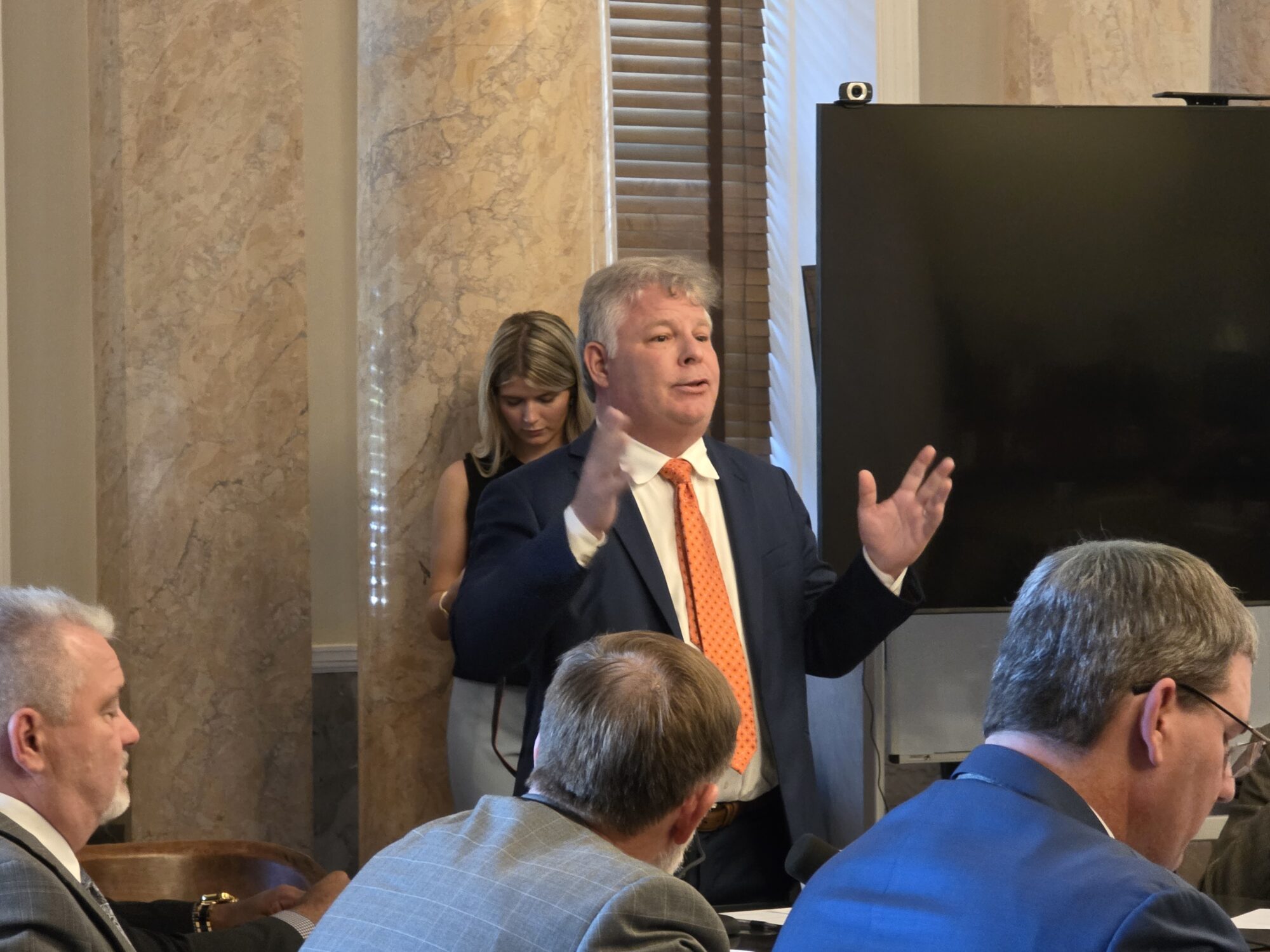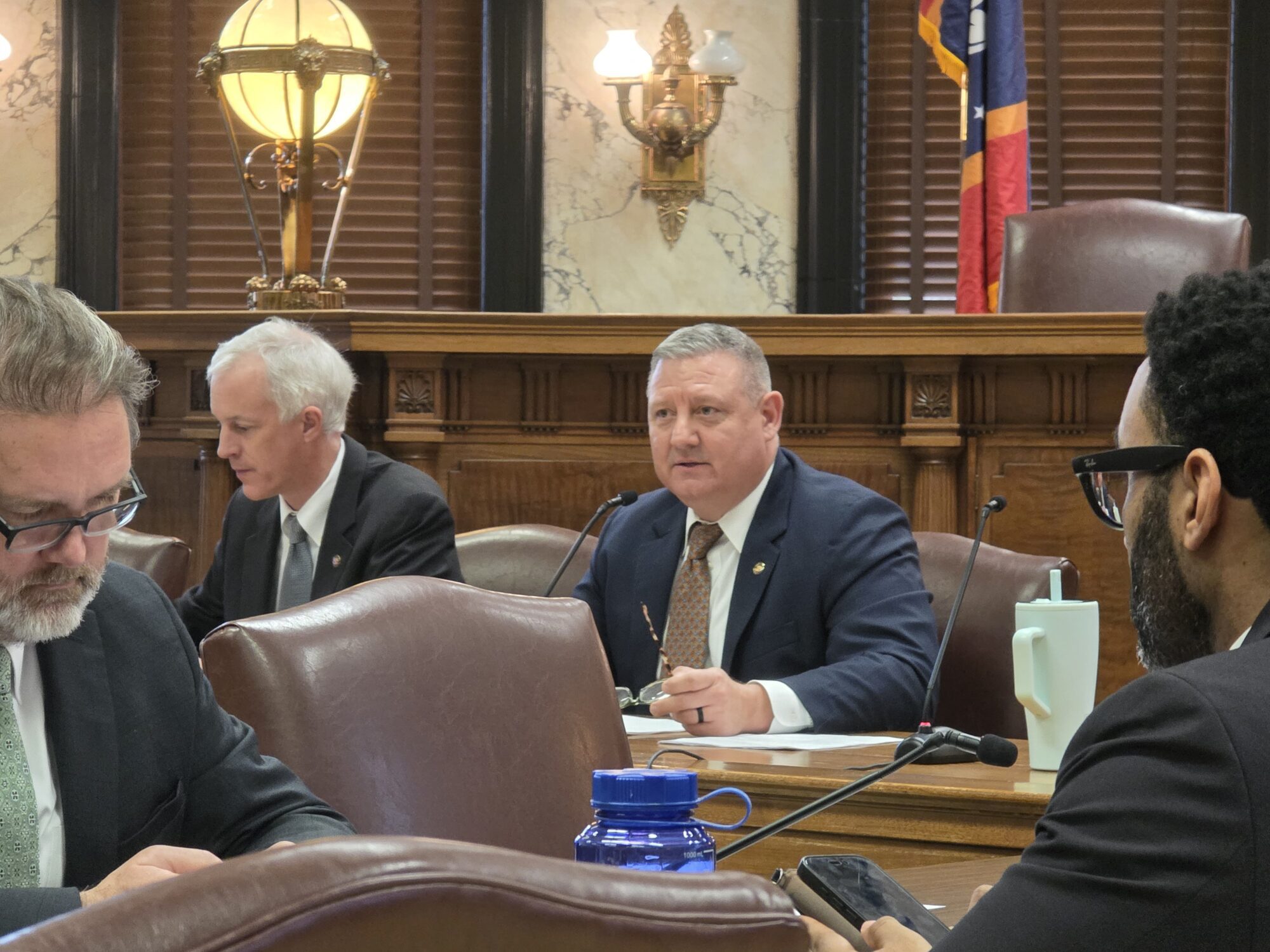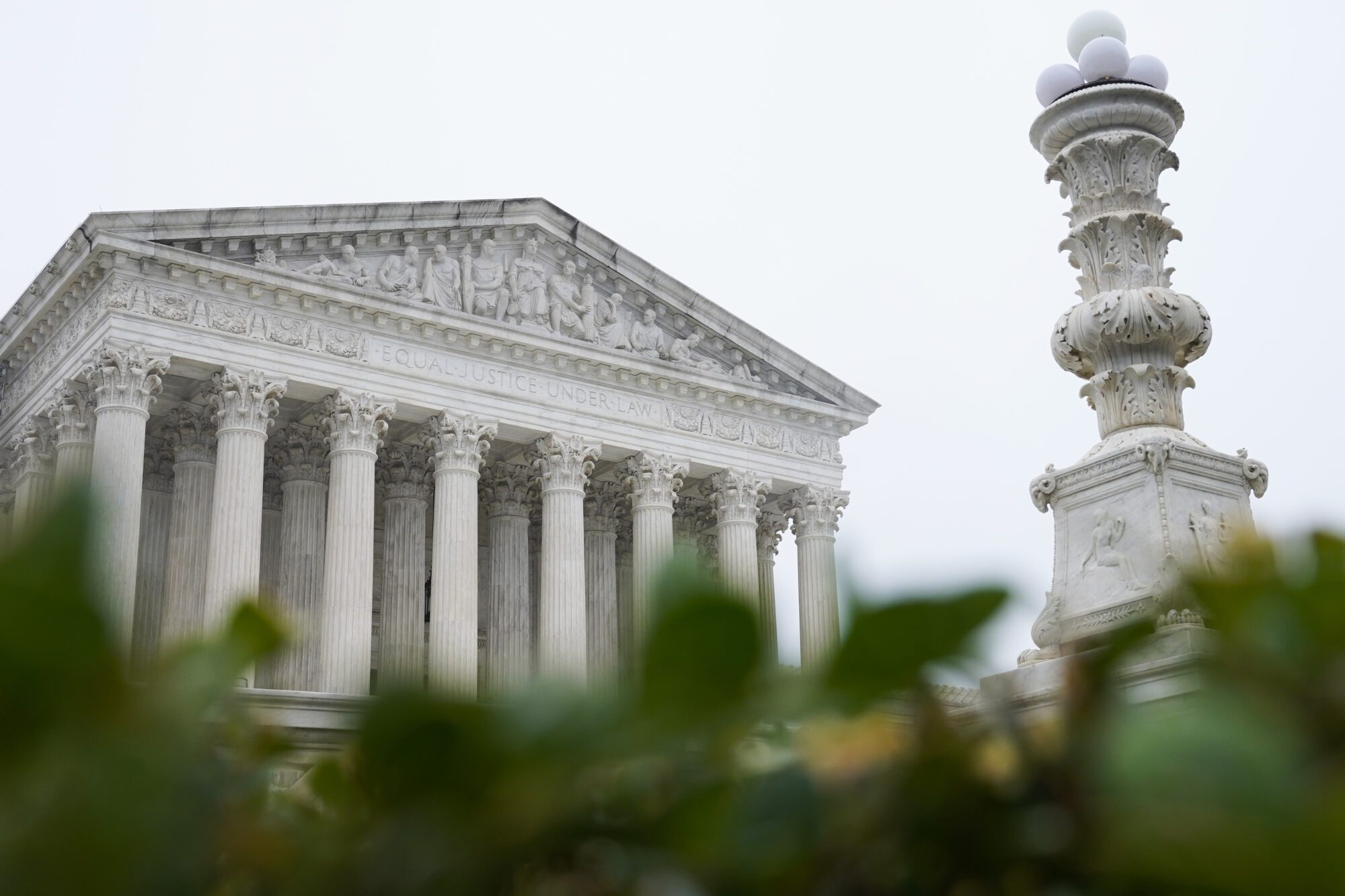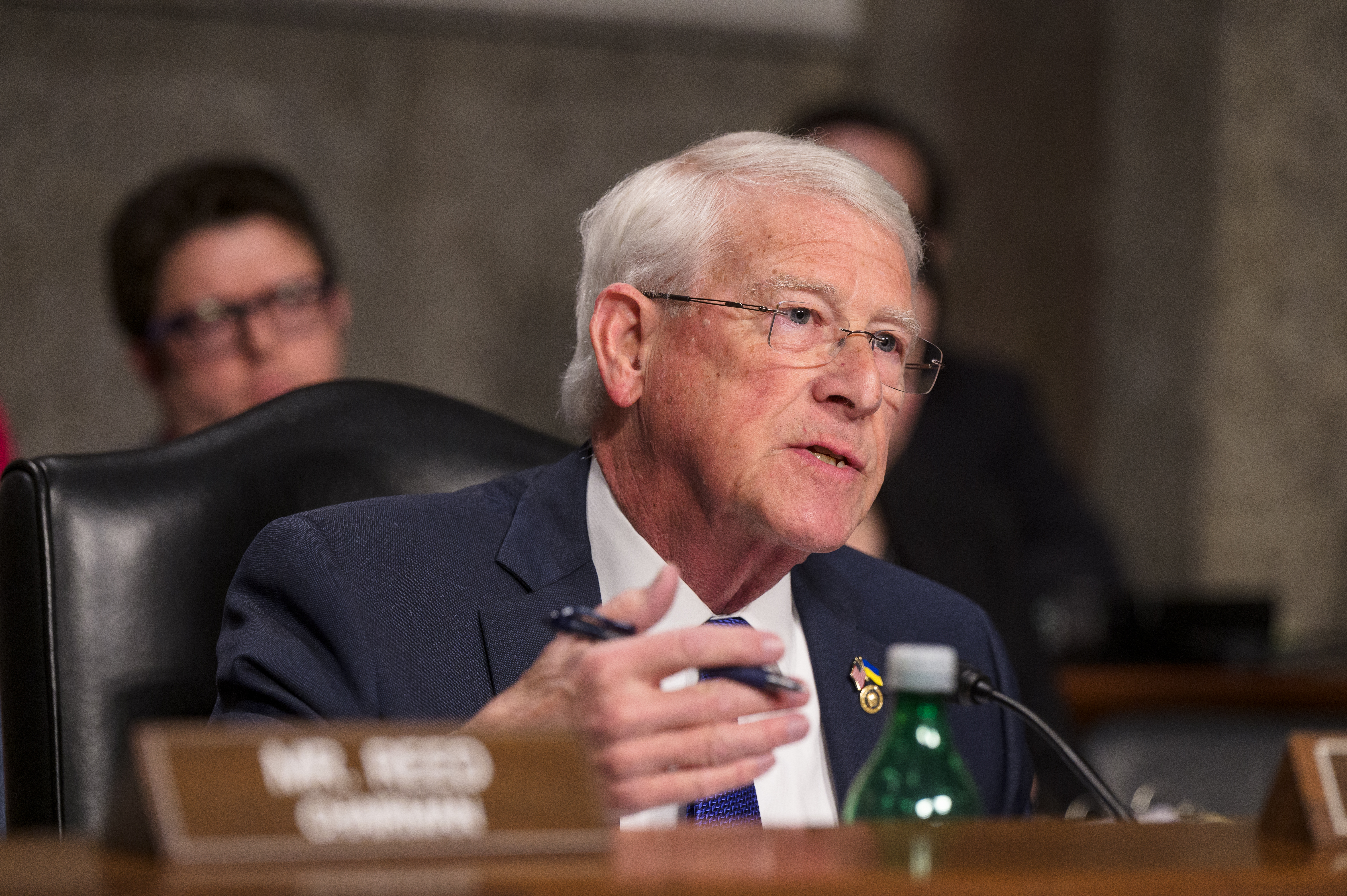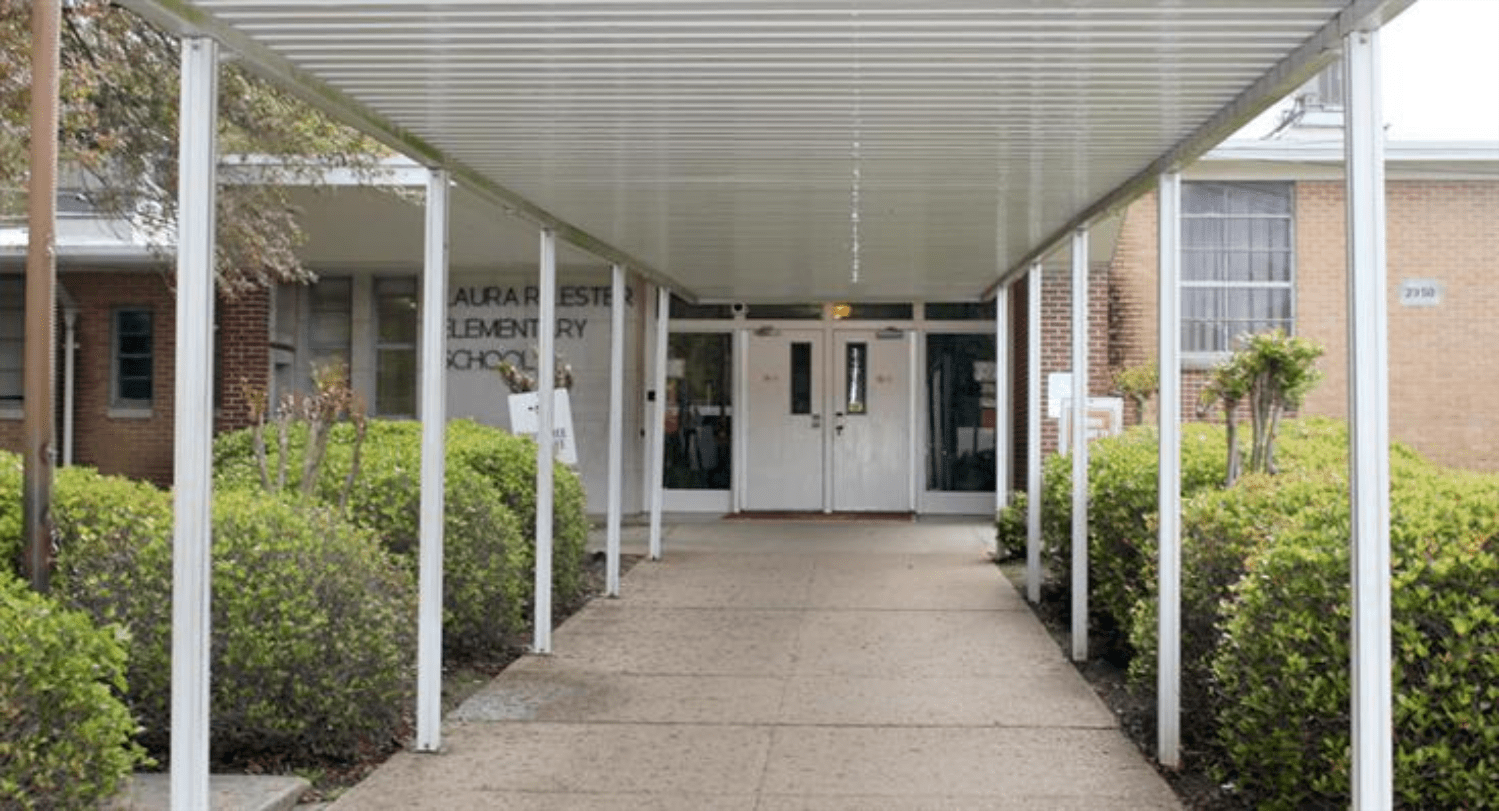
Lester Elementary School (Photo courtesy of the Jackson Public School District)
More than a dozen schools were proposed for closure due to a long-term decline in student enrollment.
Discussion during this week’s Jackson Public School District meeting included a proposal to close more than a dozen schools within the district due to a declining enrollment and the growing need for renovations on a number of older buildings.
Superintendent Errick Greene made the proposal during a School Board of Trustees meeting held Tuesday, where he detailed the rationale for consolidating students and teachers into fewer locations.
“Most of the fixed costs in our school sites and across the district itself, but especially our school sites, to include utilities staffing, materials, facilities maintenance, all of that. Those are things shared across the student populations even at each of those schools,” Greene said. “Therefore, when you have less students in a school you spend more per student in that school. And so, this optimization, or right sizing, is a way of ensuring that we have the optimal resourcing, classrooms, teachers, technology, restrooms, HVAC. All the things we don’t even think about… because they’re right there.”
The decline in student enrollment is attributed to a decline in the city’s total population. According to U.S. Census Bureau data as reported in Business Insider, Jackson led the nation in population decline rates, losing 2.5 percent of the total number between 2021 and 2022. In the past several years, Greene said the district has lost about 1,000 plus students each year, meaning a loss in funding. Additionally, significant investments are required in several facilities, and not just the oldest ones.
“Even in some of our newer buildings, where HVAC systems have started to fail,” he said.
To give the Board of Trustees a clear image of what the district is dealing with, Greene showed the School Board that the student population from the 2015-2016 school year was at 27,267. That figure dropped to 18,773 for the 2022-2023 school year. Greene said exact figures for this year were not available, but he estimates enrollment to be below 18,000.
“It’s pretty stark. And for some, these are just numbers, and they might not mean much. But they absolutely mean to us, on average, 1,000 times the per pupil funding each year. Even as our payments to charters continue to increase, even as our utility costs continue to increase, even as we get smarter and become more honest with ourselves in the cost of educating children,” Greene said. “The least of which what we should actually be paying our educators and others throughout the district. As we come to grips with that and make some decisions in those regards, our costs go up, but our scholars are declining. Something has to give.”
During the 2020-2021 school year, Jackson Public School District had 3,200 total staff and a student enrollment of 19,348 attending 54 schools. For comparison, Madison County, Alabama had a student enrollment of 19,873 and 1,810 staff working in 30 schools that same year.
“The point here is really to point a light on the size, the enrollment size of the districts and the number of schools that they’re operating. So clearly this issue of optimization is not just a Jackson thing, not by any stretch,” Greene said. “This conversation is happening in Chicago, in Detroit. Indianapolis, I know has gone through a bit of this.”
Greene said the 2020-2021 numbers were the most recent available to compare with other districts, but added that during the previous school year, the Jackson Public School District had 2,939 staff and 18,773 students working in 48 schools.
Smaller enrollment means higher costs per student. Greene presented a chart with expense data as it reflects the Jackson Public School District. According to that data, an elementary school with an enrollment of 507 students is spending $5,414 per student. Comparatively, that same school with an enrollment of 235, spends $10,329 per student. The same is true in the district’s middle schools, where a student body of 754 will cost the district $6,014 per student, but an enrollment of 300 puts that cost at $10,842 per student. Costs at the high school are also affected, where an enrollment of 1,368 will cost the district $5,231 per student, but cutting that student population to 577 increases the cost to $9,499 per student. A handful of schools in the district currently have student populations of less than 200, Greene said.
“The point is the more scholars you have in a school, the more you can spread the cost, the expenses, of that school across those scholars. The fewer scholars you have in that school, the more you are spending per scholar to run that school,” Greene said.
There’s also a need to stabilize staffing. Right now, the district has 465 vacancies, of which 178 are certified positions and 259 are classified. Certified positions require earned credentials, while classified positions do not.
Within the Jackson Public School District, there is a total staff of 1,619. Greene said that figure includes positions such as librarians, counselors and interventionists. Of that total, 468 are new or novice, meaning this is their first year, or they have less than three years of experience. Greene added that the district has been dealing with high turnover, resulting in many new and novice educators.
“Everybody starts their career somewhere. At some point, we were all first-year teachers, first year principals, first year whatever. That in and of itself is not the issue. But the reality is because of our turnover, we will continue to have such a large number of new or novice team members to staff across our current footprint, the number of schools and classrooms that we’re operating from. And it’s just a challenge. We’re seeing nationally fewer people going into education,” Greene said.
Of the new or novice teachers, 109 are in their first year, 137 are in their second year, 122 just started their third year, and 100 are in the first couple months of their fourth year.
“With fewer people going into the field of education, or getting licensed to be teachers, we’re competing across the board with other districts, let alone other fields of work and industries,” Greene said.
Better pay would also go a long way to ensure teachers already on staff stay longer and help to build the level of capacity and experience, Greene noted, adding that consolidation would also present the district with an opportunity to ensure educators with emergency licenses reach more children and allow the district to innovate and present an opportunity to bolster schools and the programs offered. One example included bolstering immersion programs that help students develop proficiency in foreign languages.
“We talk about global citizenship. What better way to support our young people in living and operating and competing globally than to have additional languages at the ready,” Greene said.
Another side effect of a smaller student body is less Title I funding, funding that is at times used to pay for additional staff, such as an interventionist, dean of students, tutor or set of tutors. Greene said when Title I funds decline, so does the flexibility to build out the kinds of programs administrators want or need.
He would also like to build out the programs at the Career Development Center to better tie to emerging industries and meet the needs of the work force to make the district more competitive for scholars, athletes and those seeking careers in the arts.
“There’s no reason why Jackson Public Schools, and the city of Jackson, shouldn’t be dominating across the board,” Greene said.
Outside of the costs to provide an education to children, Greene said other major expenses include insurance, maintenance of grounds and securing the grounds.
One option to deal with the excess inventory of facilities includes selling or leasing them. The option of demolishing older buildings is reserved for those in the most need of repair and those that are the hardest to secure. In instances where buildings are demolished, Greene suggested those lots could be used to plant trees, create walking paths or build green spaces with park benches.
“There are opportunities for us to utilize that space in other ways, not just as a building, whether it’s for a school or for another program,” Greene said.
Greene’s list of schools proposed for closure includes the elementary schools of Obama, Green, Oak Forest, Sykes, Shirley, Clausell, Key, Dawson, G.N. Smith, Wells APAC, Lake, Raines and Lester. He also suggested closing the Chastain and Whitten Middle Schools and Wingfield High School.
If the Board agrees to the proposed consolidation, Greene said there may be a need to reduce the workforce, which could be achieved through attrition due to the current turnover trend.
“We have such turnover each year, that there’s a good chance the vast majority of our staff members will land, those who intend to remain, will land with us in some of the positions, not necessarily in their current school or feeder patterns, but in other opportunities,” he said.
Should the proposal be approved, a number of students will be moved to new campuses, meaning new boundaries would need to be drawn for each school. Greene added that it’s important for the district to develop methods to help the students seamlessly adopt their new teachers and campuses.
Big changes typically garner the interest of the public, so Greene said public meetings across the city of Jackson are necessary to provide the public with an avenue to share their thoughts and concerns. The district is committing to at least four sessions to be held during the months of October and November of this year. The first meeting is set for 6 p.m. on October 10th at the Forest Hill High School. Announcements concerning future dates and locations are forthcoming.
Greene hopes to be able to present his final recommendations to the School Board by Dececember 5th.

